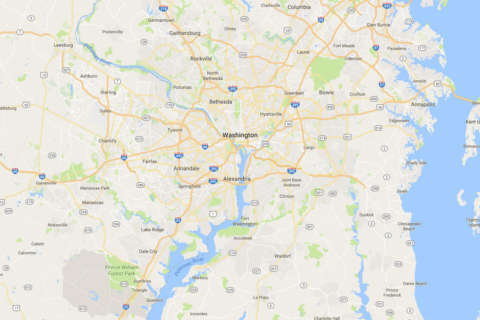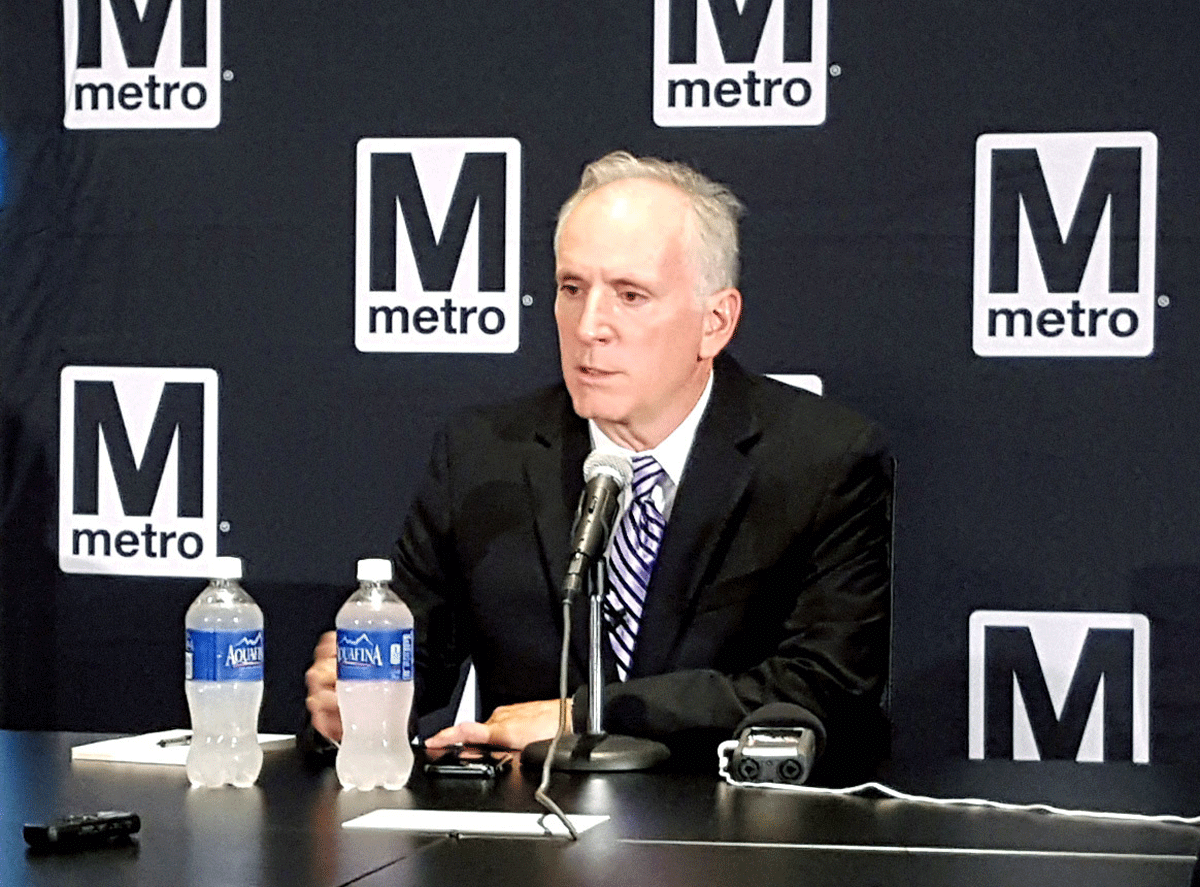WASHINGTON — Fewer people are taking trains and buses across Northern Virginia, potentially contributing to more traffic on area roads.
The Northern Virginia Transportation Commission will hear about total transit ridership in the area Thursday night. The commission is also looking to identify opportunities to improve or offer new bus options, including bus rapid transit with bus-only lanes such as the project already moving forward along Route 7.
Metrorail ridership in Northern Virginia is down 6.7 percent — or 7.4 million rides — including the month of June, when round-the-clock track work began. Weekday average ridership for Virginia in June was down 15 percent, more than 50,000 rides, compared with the year before.
Only three Metro stations in Virginia saw increases in ridership over the year before, all on the Silver Line in the Tysons area: The Greensboro station saw the highest percentage increase at 5.3 percent, followed by the Tysons Corner station near the malls and McLean. But Spring Hill and Wiehle-Reston East saw significant declines, down 5.8 percent and 5.9 percent respectively compared to the preceding 12 months. Combined, the Silver Line stations saw a smaller decline in ridership than other groups of Virginia stations.
The three stations at the end of the Orange Line — Dunn Loring, West Falls Church and Vienna — combined for 9.4 percent fewer riders, with the most significant decline at West Falls Church. And Orange Line stations from Ballston to Rosslyn saw 6.5 percent fewer riders, with the smallest decline at Virginia Square and the largest at Clarendon.
Blue and Yellow line stations averaged a 4 to 5 percent decline, with only a fractional drop at Braddock Road but a 6.2 percent drop at Pentagon City.
On the plus side for riders, parking spaces are typically open, even after the morning rush hour, at all of the Virginia Metro lots except Van Dorn Street and East Falls Church.
Metro has grappled with the decline across the system for several years, which includes drops at rush hour and significant declines in weekend ridership, when track work had been more significant. Metro has blamed the ridership drop on increased telework, gas prices and people living closer to work, as well as concerns from riders about safety, delays and inconsistent arrivals.
The commission is considering holding a special meeting to focus on Metro’s problems and the potential solutions, as well as the impact and planning of round-the-clock track work and the proposal to permanently close the rail system at 10 p.m. on Sundays and midnight on Friday and Saturday.
PRTC OMNIRIDE and OmniLink buses saw the largest proportional ridership drop of any single Northern Virginia transit agency that carries more than 1 million riders at 8.7 percent, or about 250,000 rides. In July, the agency implemented service cuts brought on by funding problems, but it is set to get money for service from Gainesville to the Pentagon as part of the Interstate 66 inside-the-Beltway toll project. Fairfax City’s CUE buses run fewer routes, but saw a 12 percent decline.
The largest proportional increase in ridership is on Arlington Transit buses, which have seen a 13.8 percent increase, or about 400,000 rides, as service has expanded.
Based on Metropolitan Washington Council of Governments surveys, NVTC staff say “the vast majority of transit trips are taken by commuters,” as opposed to people traveling for leisure or other reasons.
About 60 percent of the service miles for transit buses in the region are during rush hours.
The surveys found the highest level of Northern Virginia transit use in Arlington County, where about half of residents commute on transit and about 40 percent of people who work in the county use transit. About 40 percent of Alexandria residents and 20 percent of workers in the city use transit to commute. In Fairfax County — including the cities of Falls Church and Fairfax — about 20 percent of residents use transit for commutes.
The only suburban bus network to see a ridership increase is Loudoun County Transit, which saw a slight uptick thanks in large part to the continued popularity of commuter bus routes, but “the majority of commuters in Loudoun County work in Loudoun or Fairfax counties. These commuters primarily use their cars to get to work,” the briefing documents conclude.
“Only 10 percent of the commuters from Loudoun County work in Arlington or Washington, D.C. The vast majority of Loudoun commuters traveling to the regional core areas in Arlington and D.C. use transit,” NVTC said, citing the regional travel surveys.
The second phase of the Silver Line, which is now due to open around 2020, could provide a new transit option for Loudoun commuters working in the Tysons area and is expected to draw more development to areas around the stations.
Virginia Railway Express has seen some record ridership days over the last few months during Metro track work, but still saw an overall ridership decline last year.
VRE is looking to add longer trains and new stations over coming decades.
Editor’s note: Due to a data error in the meeting documents that excluded one month of data for the agency, this story initially overstated the ridership drop for PRTC. The information has been corrected.







